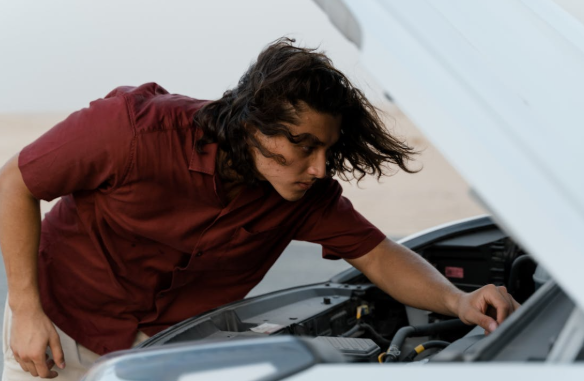An overheating engine is one of those issues that never arrives with grace. It strikes mid-commute, in the middle of nowhere, or during the hottest stretch of the day—exactly when you don’t want to deal with it. For vehicle owners who value being prepared, the key isn’t just reacting well but setting up a system that makes the reaction almost automatic.
Let’s look at practical, calm, and smart steps that keep you—and your car—cool when things heat up.
Spot the Signs Early
Modern vehicles do a decent job of alerting you when temperatures climb too high, but the gauges and warnings don’t help much if you’re not watching. Learn what the engine temperature warning light looks like. Know your vehicle’s typical temperature range. If the needle starts creeping toward the red zone or your dashboard lights up, don’t second-guess it. Pull over as soon as it’s safe to do so. Waiting for smoke or steam is waiting too long.
Cut the Heat, Literally
Once you’re parked safely, kill the A/C. Turn on the heater instead. It’s counterintuitive, yes, but switching the climate control to heat draws excess warmth from the engine and pushes it into the cabin. It’s uncomfortable, but redistributing the heat burden can buy your engine some time. This technique isn’t long-term or magical—it’s a stopgap while you prepare your next move.
Know the Right Way to Cool Things Down
Do not pop the hood immediately. That release of pressure can be dangerous if the coolant is boiling. Wait at least 15-20 minutes before attempting to open it—and even then, use a cloth to protect your hand and open it slowly. Steam burns are severe.
Once it’s safe, check coolant levels. If your reservoir is empty and you’ve kept a jug of coolant or water in your trunk (which you should), add it slowly. Never pour cold liquid directly into a hot engine—it can crack the block.
Have the Right Gear Ready
Preparedness here goes far beyond jumper cables and a tire inflator. Your “overheat kit” should include:
- A full bottle of 50/50 coolant mix
- A pair of work gloves
- A flashlight (yes, even during the day)
- A towel or thick rag
- Water bottles—for you and the radiator
- A funnel
Having these basics in your trunk means you’re less likely to feel stranded or helpless, especially in places where assistance is far from immediate.
Recognize When to Step Away
There’s a fine line between a hot engine and one that’s about to do severe damage. If things don’t cool down or you’re seeing leaking fluid, unusual smells, or warning lights that won’t quit, it’s time to stop trying to solve it roadside.
This is when having a reputable tow truck contact stored in your phone is invaluable. Not just any number scribbled in your glovebox but a service you’ve researched. That quick call can save your engine from irreversible damage and your wallet from unexpected repairs.
Preventative Habits That Actually Matter
The best way to handle an overheating engine is to prevent it. Make coolant checks a regular part of your maintenance routine—not just oil and tire pressure. Replace hoses and belts before they fail. Flush the radiator at manufacturer-recommended intervals. If your temperature gauge runs high under normal conditions, don’t wait until it becomes a problem. Address it while you’re in control.
Keep Calm. It’s a Machine, Not a Crisis
When an engine overheats, the most significant danger often isn’t mechanical—it’s panic. What turns a temporary setback into a full-blown emergency is rushing, guessing, or trying to “just make it home.” That mindset causes more damage than the heat itself. Plan ahead. Prepare your gear. Know the steps to be in control in challenging situations.




